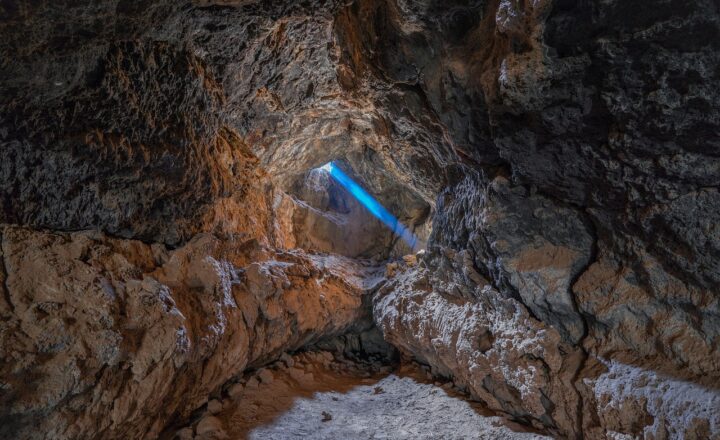How New York Became the City That Never Sleeps
November 17, 2024

New York City, famously dubbed the “City That Never Sleeps,” is an energetic tapestry of life, culture, and ambition. It is a quintessential example of a metropolis that embodies freedom and dreams, thriving under the constant hum of activity day and night. This article aims to delve into the fascinating history and evolution of New York City, exploring the factors that have contributed to its relentless pace and vibrant spirit.
1. The Birth of a Metropolis
New York City’s roots date back to the 17th century, when it was first settled by the Dutch in 1624, establishing a trading post called New Amsterdam. The city’s strategic location along the Hudson River made it a vital trading hub. The British seized control in 1664, renaming it New York in honor of the Duke of York. The 18th century ushered in rapid growth, as immigrants from various European countries flooded the city seeking new opportunities, bringing with them their customs, languages, and dreams. This influx of people not only expanded the population but also created a cultural melting pot that would define the city’s identity.
As the city emerged from the aftermath of the American Revolution, it gained strength through commerce. By the 19th century, New York became a beacon for those seeking economic freedom, driven by its booming industries and the promise of a new life. As immigrants filled its streets, they contributed to a vibrant and diverse population, fostering a society that embraced innovation and connection.
2. The Industrial Revolution and Urbanization
The rapid industrialization that began in the late 19th century transformed New York City into an economic powerhouse. The introduction of railroads and factories fueled job creation, drawing even more people to the city. It was during this period that the skyline began to rise, with the construction of iconic structures such as the Flatiron Building (1902) and the Woolworth Building (1913).
At the turn of the century, the city reached a population of over 3 million, making it the largest city in the world. The construction of the subway system began in 1900, revolutionizing transportation and connecting various neighborhoods and boroughs. As the subway expanded, so did the city, with people flocking to urban centers for employment, entertainment, and education.
3. The Cultural Explosion of the 20th Century
The early 20th century was a time of unparalleled cultural growth. The Harlem Renaissance of the 1920s celebrated Black culture, giving rise to influential artists like Langston Hughes and Duke Ellington. Meanwhile, Broadway emerged as the epicenter of theatrical production, offering entertainment to millions. The city became synonymous with artistic expression, innovation, and the pursuit of happiness.
New York also played a critical role in the development of music genres such as jazz, hip hop, and punk rock. From the vibrant clubs of Greenwich Village to the mesmerizing sounds emanating from Harlem, the city became a backdrop for creative talents who shaped the American musical landscape.
4. Resilience Through Challenges
Over the years, New York City has faced a multitude of challenges, including the Great Depression, periods of crime, and the devastating impacts of 9/11. However, its resilience has always shone through. The city rebuilt itself, emerging stronger each time. After 9/11, it became a symbol of survival and hope, as it united citizens in a shared commitment to rebuild and redefine what it meant to be a New Yorker.
The culture of perseverance is essential to New York’s identity. Its residents often pride themselves on their grit and tenacity, adapting to change and thriving amidst adversity. This spirit is reflected in the city’s 24/7 lifestyle, where the bustle of life continues regardless of the time.
5. The Nightlife and Economy: Driving the City That Never Sleeps
The phrase “The city that never sleeps” is not just a catchy slogan; it is a reflection of the city’s diverse range of activities available around the clock. From restaurants to theaters, art galleries, and nightlife, there’s always something happening in New York. Times Square, with its iconic neon lights and bustling crowds, remains emblematic of this non-stop energy.
Economically, it is imperative for businesses to remain operational around the clock. The financial district, often called Wall Street, is home to some of the world’s most powerful banks and financial institutions. The nature of work and commerce in the city encourages long hours and late nights, as people strive to outpace competitors and seize opportunities.
Food options in the city are as diverse as its population, with diners, street vendors, and 24-hour eateries catering to every craving. This accessibility of services and diverse entertainment options enhances the city’s allure, making it a focal point for tourists and locals alike, regardless of the time.
6. The Future of New York City
As New York City stands at a crossroads, it faces modern challenges such as gentrification, climate change, and economic inequality. However, its resilience and innovative spirit continue to shine. With ongoing initiatives aimed at sustainable development and inclusive growth, there is hope for the city to thrive well into the future.
New York is an ever-evolving city that embraces change while honoring its rich history. The “City That Never Sleeps” reflects the determination of its citizens, who fuel the spirit of ambition, community, and creativity that defined the city for centuries.
Conclusion
New York City’s evolution into a bustling, vibrant metropolis is the result of centuries of history, culture, and unyielding determination. The phrase “City That Never Sleeps” encapsulates the relentless energy and ambition found within its streets. As it continues to transform, New York remains a beacon of hope and opportunity, a testament to the audacity of dreams and the spirit of resilience.







